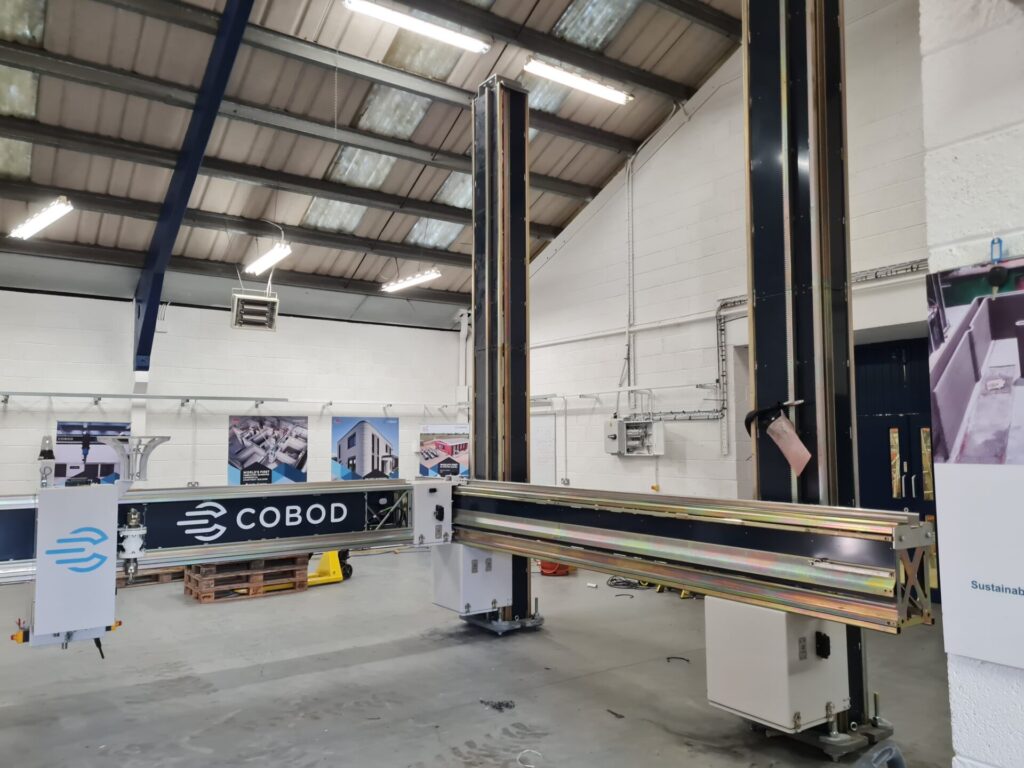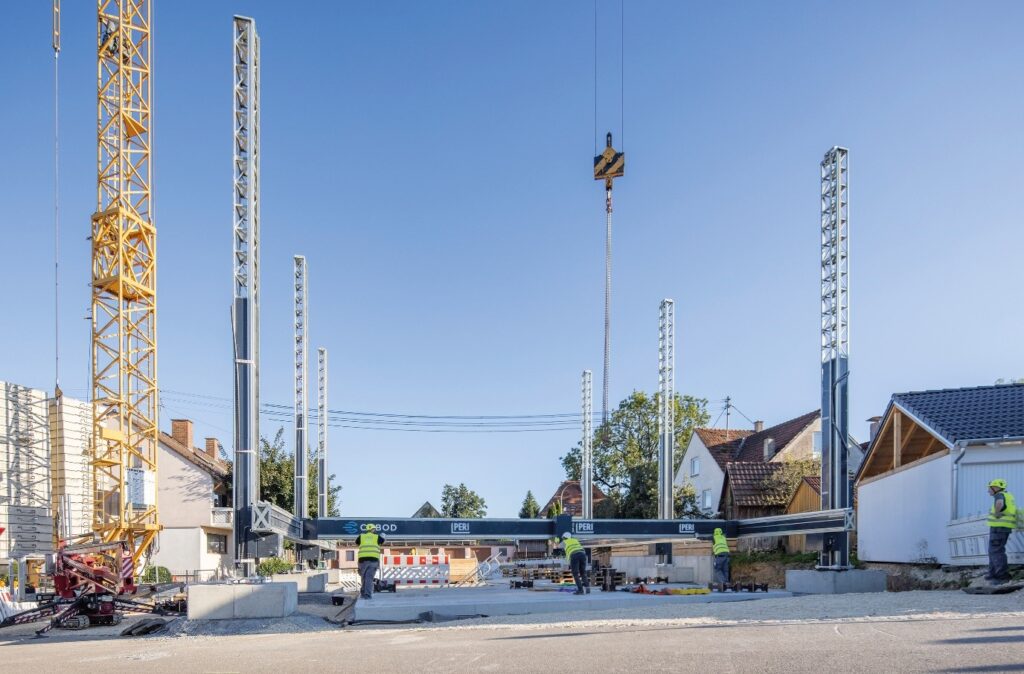Concrete 3D printing offers an eco-friendly solution to create beautifully resilient structures 4-times faster and at a fraction of the cost. Today, 3D printing is one of the faster growing construction technologies. This opens up new and exciting opportunities for those determined to shape a better tomorrow.
What is Concrete 3D printing?
Concrete 3D printing is a unique method of building that offers a huge range of possibilities for designers, engineers and buyers compared to a traditional build. This technique deposits a layer of concrete over and over in a set area to build walls into which doorways, windows and fittings can be placed.

There are obvious benefits to the builder in this method. 3D printed buildings are much faster, taking only 40 hours for a two story house and require far less labour. These buildings also offer a whole new range of design options for architects and designers as they are no longer restricted to hard corners and blocks. These structures can incorporate curves, twists and bends with no adverse effects on the structure or additional cost.
What is the impact of concrete 3D printing?
Labour
One of these printers can eliminate the need for bricklayers and unskilled labour. This is quickly becoming essential as the lack of labour in Ireland has driven the price of construction to its highest level in recent years.
Time
Concrete 3D printers typically only take around 40 hours of print time to print a two story house compared to the months or years required for a traditional build. This can help reduce lag times, and makes maintaining a supply chain easier as jobs do not have to be staggered in the same way.
Strength and Reliability
Concrete 3D printed buildings are actually far stronger than a typical breezeblock structure, each block has a tensile strength of 7 Newtons, whereas a concrete 3D printed structure can withstand 40 Newtons. This means that these structures are less likely to experience wear and tear, or the effects of freeze-thaw that causes massive amounts of damage to homes in more exposed regions.
Waste
Concrete 3D printed structures are more efficient and waste less material than a traditional build as they are incredibly precise machines. The machine prints exactly where it is told, there are no “spare” or “extra” materials. The machines can also be run off cement mix or raw materials from just about any source, meaning that sand and rock can be sourced from local quarries. This reduces the transport times which are a major contributor to the carbon footprint of a build.
Another key advantage of the printer is its speed and efficiency, this means less workers and machinery is involved on site, further reducing the carbon output.
How Concrete 3D printing is being used around the World
Companies, academic institutions and organisations around the world have begun to adopt concrete 3D printing as a viable alternative to traditional building. While many of these organisations are concerned with R&D, more often than not we are seeing real residential homes for real people being built with great success. This success has captured the attention of both construction professionals and the public alike. The technology has been showcased around the world in fairs and expositions and is lauded as the next step in construction technology.
COBOD 3D printing in Denmark
Recently, COBOD, the well-known Denmark-based manufacturer of a massive concrete 3D printer the BOD2, has finalised a deal with GE Renewable Energy to build their wind turbine bases. These massive five story high bases represent a massive step forward in making renewables cheaper and more accessible. This is a massive leap for the company, up till that point they had focussed solely on residential and basic commercial units.
3D Printing in Germany
The largest step in 3D printing in Europe was the construction of the first residential home by the PERI group in Germany. At the end of September 2020, the family-owned company announced that work had begun on Germany’s first printed residential house in Beckum, North Rhine-Westphalia. Only two months later, work began on the next residential building to make use of 3D construction printing technology. Upon completion, the 5-in-a-block apartment building with around 380 square metres of living space will be the largest printed residential building in Europe. On this project, the printing process is expected to take six weeks.

Concrete 3D Printing Research and Development
Concrete 3D printing research has proven immensely popular in academic research institutions. Laboratories in colleges and universities such as the Institute for advanced architecture Catalonia and the Apis Cor University in Melbourne in Australia are pushing the boundaries on what is possible in for Concrete 3D printing.
Many of these institutions offer training courses and degrees in the field of additive manufacturing for sustainable architecture with the aim of creating a well-educated workforce for the future of the construction industry.
For these organisations the concrete 3D printing of structures is beyond them, however prefabricated elements (manholes, chambers, supports, poles), small architecture (benches, tables, fountains), and decorations (monuments, façade decors, stuccowork) are achievable and accessible for students.
Future trends in Concrete 3D printing
3D printing technology is only beginning its journey into the construction industry and while I wouldn’t expect every house to be 3D printed by the end of the year, over the medium to long term we will see a huge advancement in the way homes, commercial paces and industrial structures are planned and built.
The actual printers are becoming cheaper and more accessible to companies than ever before and we are seeing the first real 3D printed buildings springing up across Europe, the Americas, Africa and Asia. The price to consumers is dropping day, architects and designers are steadily realising the implications of a build that is not restricted to straight lines and hard corners. This will all lead to some amazing architectural achievements over the coming years as the forerunners of this technology reap the rewards. The concrete 3D printing industry is projected to grow at a rate of over 245.9% per year between 2020 and 2024 according to McKinsey, Businesswire, Architect Magazine and Markets-and-Markets.
All this to say, there are exciting times ahead for the construction industry.